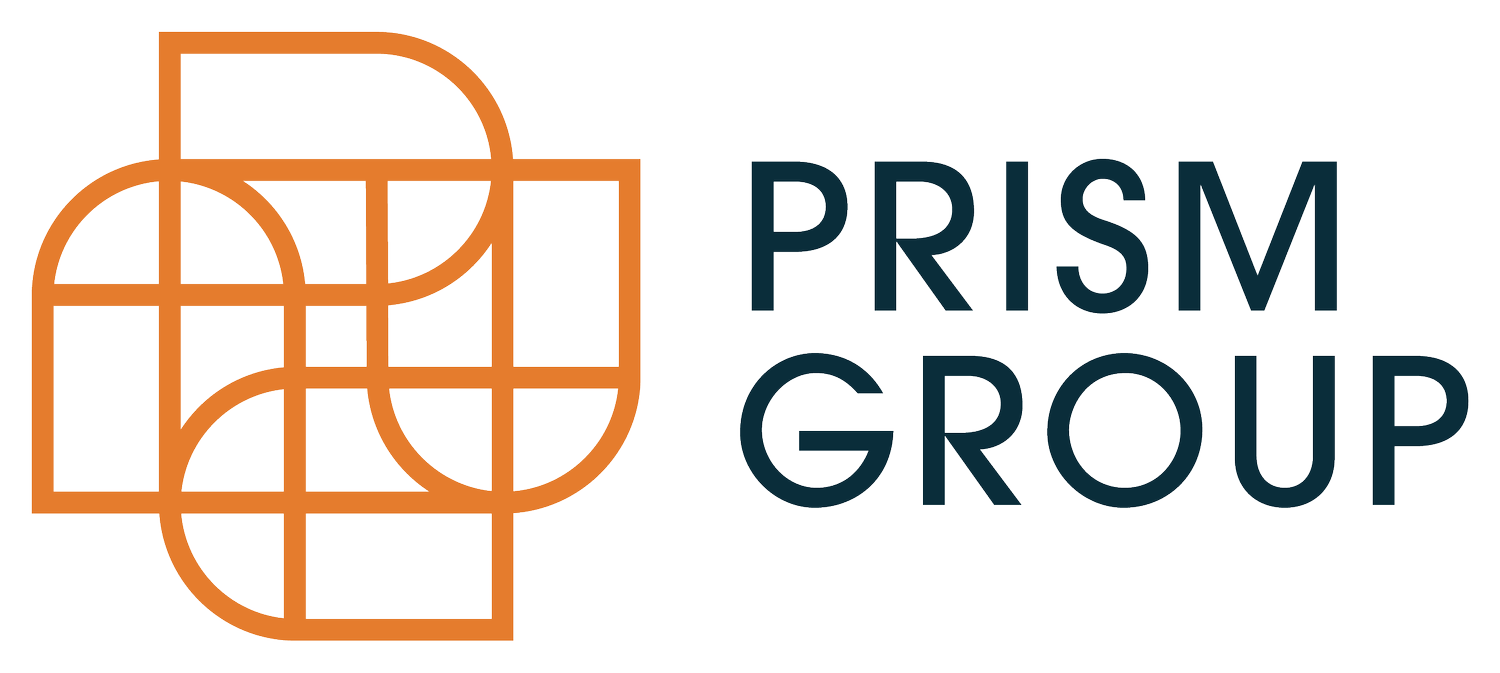Get to Know: Lake Shore
Lake Merced and Fort Funston by Dicklyon, CC BY-SA 4.0, via Wikimedia Commons
Lake Shore occupies the very most southwesterly corner of San Francisco, bounded by the city’s border to the south, Ocean Beach to the west, Sloat Blvd to the north, and a meandering path that includes 26th Ave, Lake Merced Blvd, Brotherhood Way, and 19th Ave to the east. It is subdistrict 3a in District 3 (Southwest).
The opening of the Twin Peaks Tunnel in 1917 ushered in an era of expansion west and southwest from the outlet at West Portal. Significant tracts cropped up in the Sunset and Parkside districts in the 1920s and 1930s. In 1939, one of the most notable developers of the area, the Standard Building Company, branded their "Sunstream Homes" as a designation of single-family row houses affordably priced less than $6,000, fueling rapid expansion. By 1940, Standard Building decided to target a more affluent audience, creating "Lakeshore Park" as a "de luxe subdivision" with restrictive covenants. However, the need to optimized land value prevailed, and after the first few fully detached homes were built on Inverness Drive, Sunstream Homes became the norm. By 1941, more than half of Lakeshore Park’s homes had been sold.
Lake Shore is notable for being a comparatively large district with relatively few homes. Aside from the original tracts south of Sloat Blvd and some condo towers along the lake, the bulk of the land in Lake Shore is undeveloped, This makes the area desirable, with access to open space and nature. Lake Merced is the centerpiece, with the San Francisco Zoo, Golden Gate Recreation Area and dog-friendly Fort Funston offering plenty of space to stroll, bike, and observe nature. There are also three golf courses. Karl the Fog pretty much lives here full time, though, so dress accordingly.

